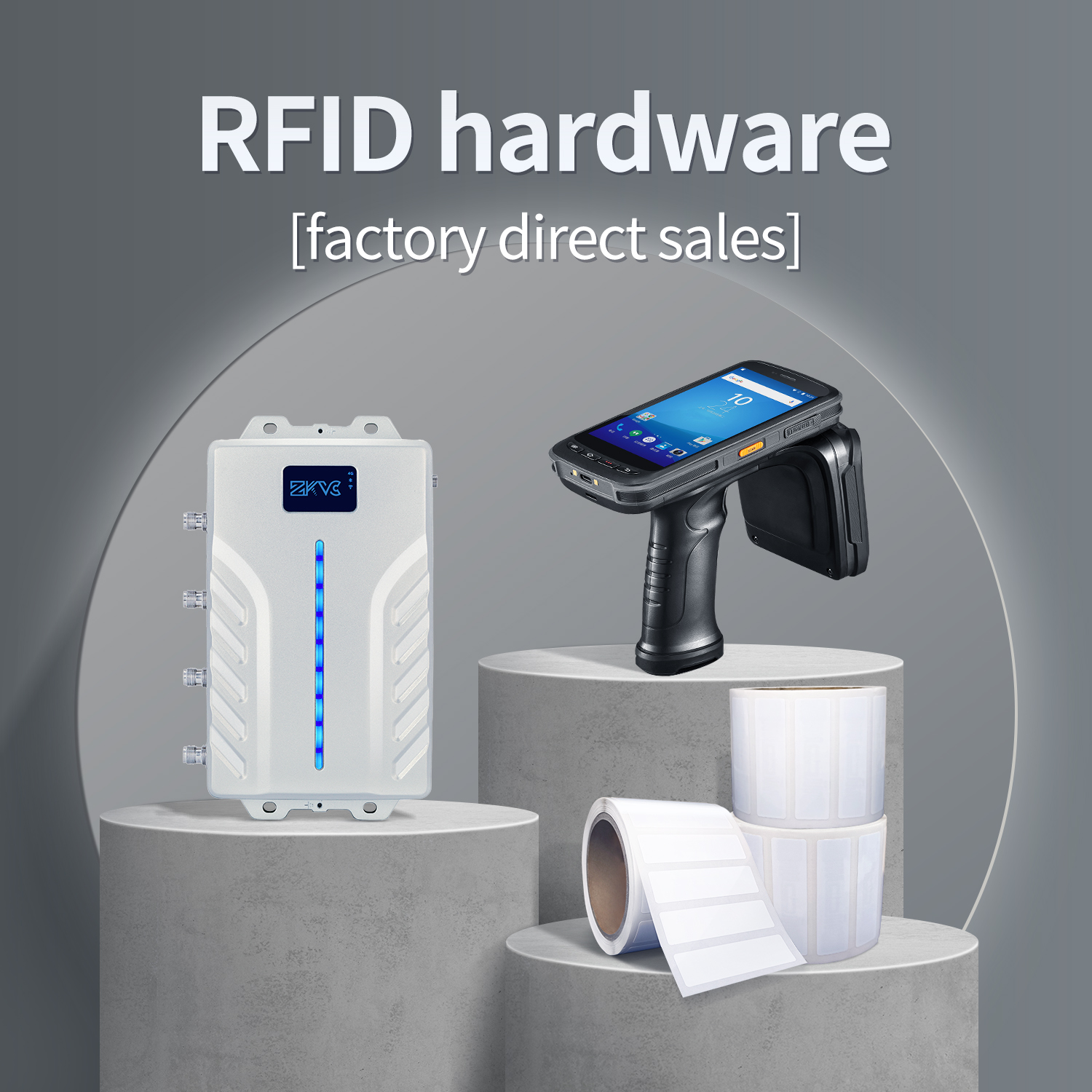UHF RFID is a wireless identification technology operating in the frequency band of 860-960MHz, with the following characteristics:
① Long-distance identification (1-15 meters, 10 times faster than traditional barcode scanning)
② Batch reading (capable of scanning dozens or even hundreds of items simultaneously)
③ Strong penetrability (able to read tags through packaging and fabric)
④ Read-write data capability (can record information such as product production and logistics)
In the footwear and apparel industry, this technology is gradually replacing traditional barcode management, making inventory counting, anti-counterfeiting and anti-channeling, and smart retail more efficient.
In the past, manual scanning of each item was required when goods entered or exited footwear and apparel warehouses, which was not only inefficient but also prone to errors. With UHF RFID technology, fixed readers installed at warehouse entrances can instantly and automatically scan tags and record item information when goods pass through in batches. This is like installing "smart eyes" on warehouse doors, which can quickly identify each item entering or exiting without manual intervention, greatly improving inbound and outbound efficiency.
Traditional inventory counting in the footwear and apparel industry was a "major project," often requiring employees to spend hours or longer counting items shelf by shelf. With UHF RFID technology, employees only need to walk quickly through shelves or next to cartons with a handheld terminal to read large amounts of item tag information at once and synchronize it with the inventory management system in real time. A counting process that originally took hours can now be completed in just a few minutes, significantly reducing counting time and making inventory data more real-time and accurate.
In footwear and apparel stores, delayed replenishment can lead to out-of-stock situations and affect sales performance. UHF RFID technology can monitor inventory levels on shelves in real time. When inventory falls below a preset threshold, the system automatically generates a replenishment reminder and sends it to relevant staff. It is like having a smart assistant constantly monitoring shelves, making replenishment more timely and accurate while avoiding out-of-stock or overstocking issues.
In the past, customers had to wait in line for cashiers to scan each item one by one, which was time-consuming. With UHF RFID desktop readers, customers can place all items in their shopping basket on the reader, which instantly reads all item tag information. Checkout time is reduced from minutes to seconds, greatly enhancing the shopping experience.
Today's consumers not only care about the clothes themselves but also hope to get more matching suggestions. Smart fitting room mirrors with built-in UHF RFID readers can automatically identify item tags when customers enter the fitting room with tagged clothing, displaying detailed information such as size, color, and material. At the same time, they can recommend matching footwear and apparel based on the item information and even help customers call staff to change sizes, making the fitting process more convenient and interesting.
Returns are a common part of the footwear and apparel industry. With UHF RFID handheld terminals, staff can quickly verify the authenticity and sales records of returned items, accelerate the refund process, and better manage returned goods, improving the efficiency of reverse logistics.
❉ RFID Handheld Terminals: These portable devices integrate RFID reading/writing modules, barcode scanning, and support Wi-Fi/4G communication. Employees can use them to move freely in warehouses, stores, and other locations for inventory counting, item querying, return processing, and other tasks, offering great convenience.
❉ Fixed Readers: High-power fixed readers installed at warehouse entrances, store exits, checkout counters, and other locations have long-distance reading/writing capabilities (up to 10 meters or more). Usually networked with antennas, they operate stably 24/7 and are used in scenarios such as automated inbound/outbound, anti-theft management, and fast checkout to quickly and accurately read large amounts of item tag information.
❉ RFID Tags: In the footwear and apparel industry, UHF passive tags are commonly used. These tags can be cleverly embedded in clothing hang tags or care labels—for example, Nike sews tags into shoe tongues. Despite their small size and low cost, they can store key item information and play a vital role in the entire supply chain process.


